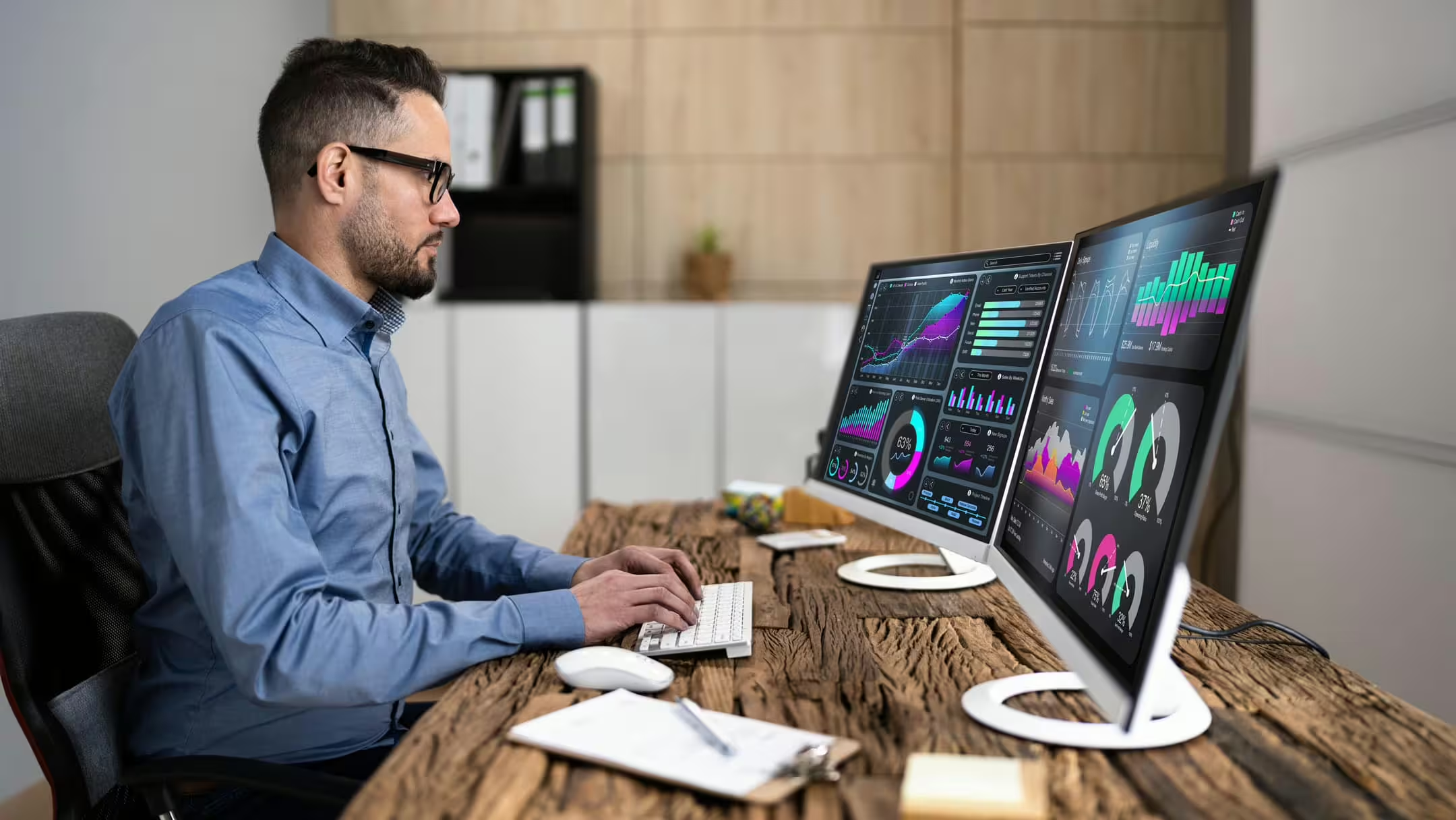You’ve just launched a WordPress website: congrats! You might think you’re done, at least for now, but building a successful site takes ongoing effort. You’ll need to update and manage content, plugins and more. While maintaining a site sounds boring, optimization feels more rewarding. Though connected, maintenance and optimization serve different roles. What’s the difference and how do you combine them? In this article, I’ll explore the difference between website maintenance and optimization and give practical tips on combining the two successfully.
Let’s start with website maintenance!
Website maintenance involves regular tasks to ensure a site runs smoothly, remains secure and stays up-to-date. This includes updating software and plugins, fixing bugs, performing security checks and updating your content. Progress Planner helps you do all these things to keep your website up and running.
And what about website optimization?
Website optimization focuses on enhancing a site’s performance and user experience. It makes your website better. It aims to get the most out of your website — more visitors, more returning visitors, more sales. It includes improving page load speeds, refining SEO strategies to boost search engine rankings and optimizing images and content for better user engagement. So, while maintenance keeps the website functional and safe, optimization aims to maximize its efficiency and effectiveness.
How do you get started with both?
While slightly different, website optimization and website maintenance are very well combinable. By merging these tasks, you ensure your website stays robust, user-friendly and effective, improving overall performance.
And that’ll save some time! Let’s check out three tips on how to do just that!
1. Combine updating content with SEO
Part of your website maintenance should be ensuring that your content isn’t outdated. You’ll need to adjust and rewrite to keep your content fresh and up to date.
When updating content, make sure to optimize your texts for search engines as well. Research using Google Trends could help you determine what words people use when searching for content online.
Checking and improving your headings, titles and meta descriptions can be a great way to optimize your content for search engines. Read more tips on improving your content in this excellent guide from Yoast.
2. Combine updating your plugins with improving site speed
You already maintain a fast and efficient website by keeping your plugins updated and optimized.
Whenever you update your plugins, try to think about your site speed, too. Carefully evaluate the number of plugins you are running and whether or not you really need them. Removing any unnecessary plugins could very well enhance performance.
Before updating, check compatibility to avoid conflicts that could slow down your site. Once you’ve updated a plugin, immediately test your site’s performance using speed testing tools. If a plugin negatively affects your site speed, consider finding an alternative or reaching out to the plugin developers for support.
3. Monitor your analytics to check out which tasks to prioritize
Monitoring website traffic during maintenance is very important because it’ll help you identify the areas of your website that need work the most. Google Analytics is your best friend here. Track metrics such as page load times, bounce rates and user behavior. A high bounce rate, for example, might indicate outdated or irrelevant content, suggesting it’s time for a refresh.
By monitoring indicators during maintenance, you can make targeted improvements. This will ultimately result in a more efficient and user-friendly website.
Let’s get started with website maintenance and optimization
Combining maintenance with optimization is just working smarter and not harder! Focusing on the right things and knowing what maintenance tasks will help your site improve the most is the most important here. Progress Planner is developing features that’ll help you decide which maintenance tasks have the highest priority. That’s not the same for every site, though. If you have an e-commerce website, you’ll probably need to do something different from someone owning a blog. The most essential thing in all of this is that you need to get started. Once you’re working on that site and checking your analytics regularly, you’ll indeed develop a feeling for what’ll have the highest impact!

Leave a Reply